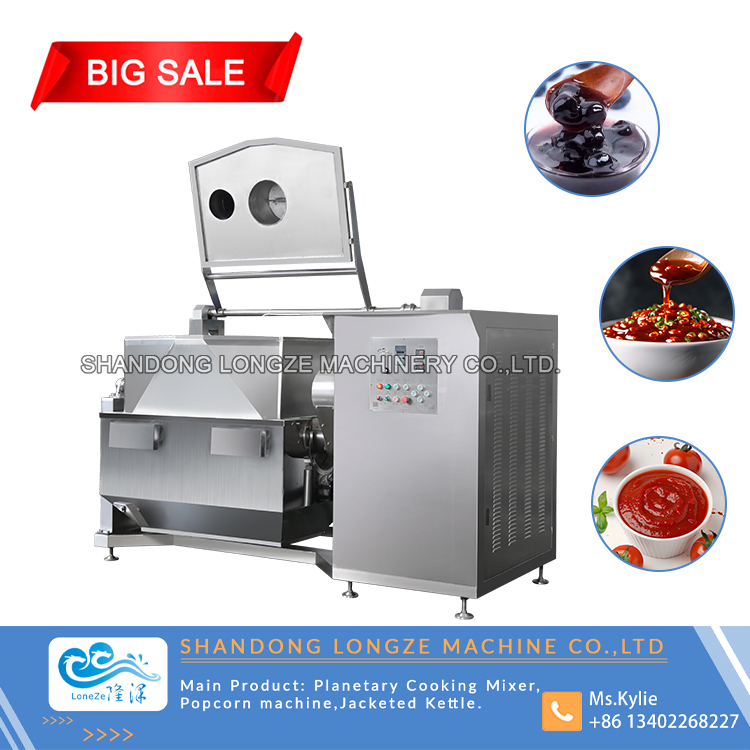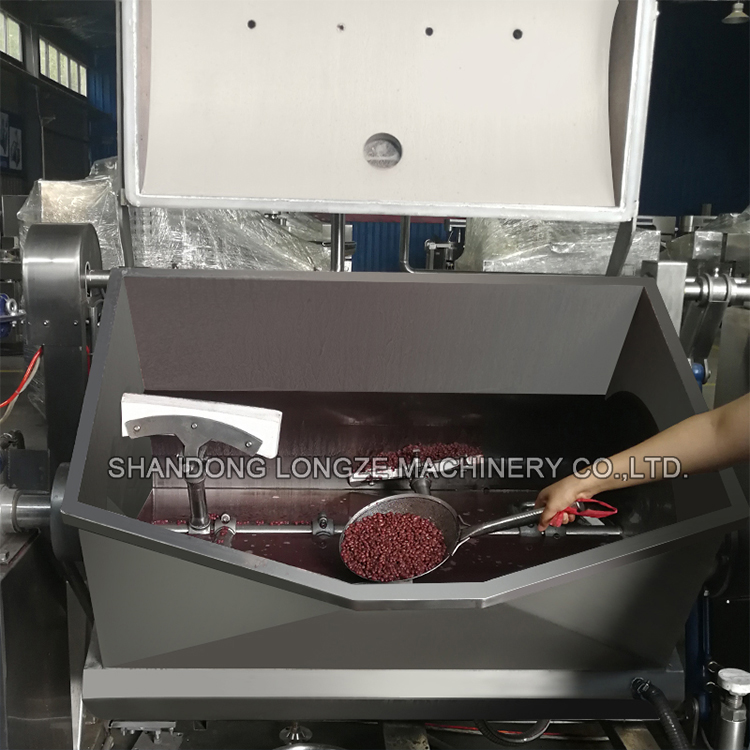Industry knowledge
Which industries can use steam-heated horizontal mixers?
Steam-heated horizontal mixers are high-efficiency mixing equipment designed for industries such as industry and food processing. It combines the unique advantages of steam heating and the efficient mixing ability of horizontal axis mixing, and can meet the process requirements of mixing, heating, and reaction of various materials.
一. Application scenarios
1. Food processing
It can be used for dough mixing and heating fermentation for making bread and pastries. Steam heating can provide suitable temperature and humidity, making the dough fermentation more uniform and the bread tastes better. It can also be used to make soups, jams, etc., to ensure that the raw materials are mixed evenly and reach the appropriate heating temperature.
2. Chemical industry
In the production of chemical products such as coatings and glues, it is used to mix different chemical raw materials and heat them to react. Steam heating can accurately control the temperature according to the reaction requirements, improve the reaction efficiency and product quality.
3. Pharmaceutical field
Used for mixing drug powders to ensure that the drug ingredients are evenly distributed. At the same time, in the extraction and processing of some drugs, steam heating can meet specific temperature requirements to ensure that the active ingredients of the drugs are not destroyed.

二. Working Principle
1. Mixing Process
When the mixer is started, the horizontal axis drives the stirring paddle to rotate. The stirring paddle applies shear force and axial force to the material, so that the material forms a complex flow pattern in the container. For materials with higher viscosity, the rotation of the stirring paddle will pull the material from the edge of the container to the center, and then push it from the center to the edge to achieve cyclic mixing; for low-viscosity materials, turbulence can be quickly formed to ensure rapid mixing of the materials.
2. Heating Process
At the same time, steam enters the heating system. In the jacket, the steam releases latent heat and transfers heat to the material through the container wall. In the heating coil, the steam directly contacts the material, transfers heat to the material, and can also play a certain stirring auxiliary role to accelerate the heating process of the material.




